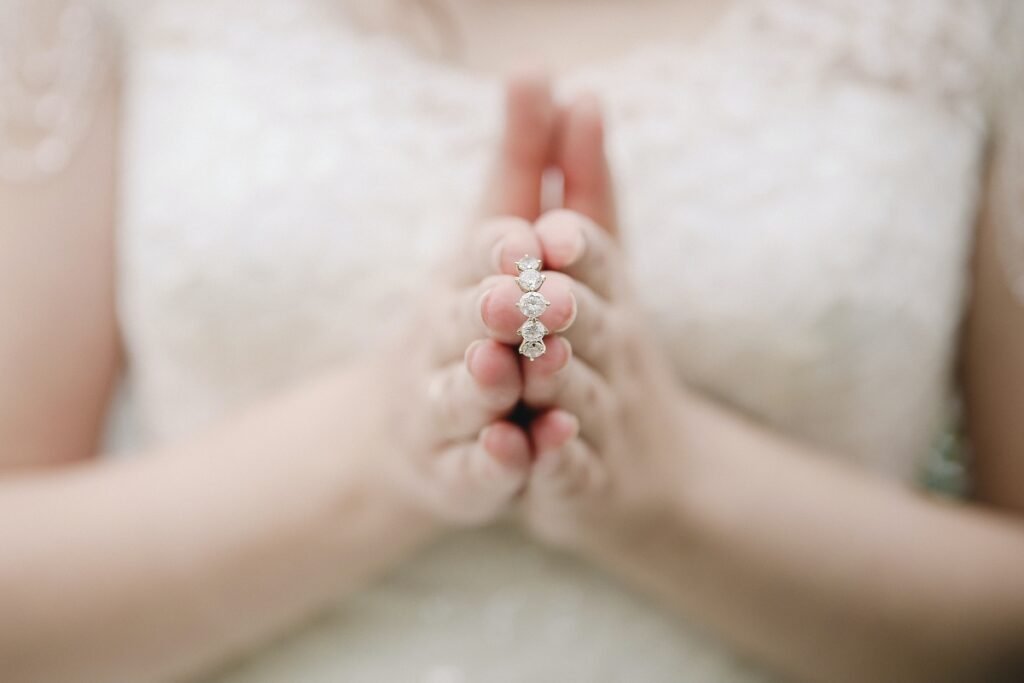Today we’re going to talk about lab-grown diamond clarity. But first things first. Are lab-grown diamonds real diamonds in the first place? How can their clarity be inspected if they do not have the same chemical composition as natural diamonds, to begin with?
The short answer is yes! Lab-grown diamonds are just as real as natural diamonds unearthed from mines. We’ll have a detailed discussion on how and why this is possible. Only then can we delve deep into lab-grown diamond clarity.
Also, we’ll give you some important tips on checking diamond clarity whether they are natural or lab-grown. Here you will know the red flags to watch out for, which will save you thousands of dollars and a heap load of regret!
Lab-Grown Diamond Clarity
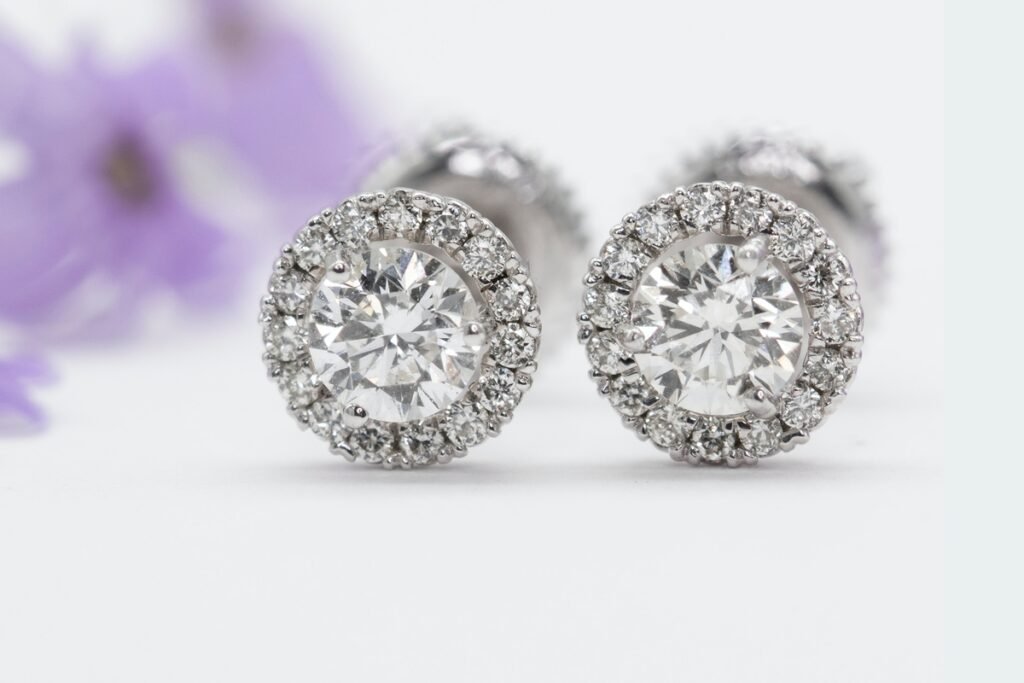
Around 20 years ago everything was natural. Name it—sapphires, emeralds, topaz, rubies, and of course, diamonds.
But in the past decade or so lab-grown gemstones are becoming more popular. Sometimes, they’re even more popular than natural gemstones. It has become accepted all over the world, with millennials being the majority of customers patronizing these lab creations.
Today we are going to find out why and how this shift in purchasing jewelry evolved over the years. And in the process learn everything we need to know about diamond clarity.
Do Lab Grown Diamonds Have Clarity?
Yes, but only if they are proven to be real, authentic diamonds. Here is the explanation of why they are.
Natural Diamonds
Natural diamonds were formed about 2 billion years ago, about a 150 miles below the earth’s surface under certain conditions. The process required extreme heat that reaches 2,000 degrees Fahrenheit with pressured carbon gases.
Under such conditions, these carbon-containing fluids dissolved minerals and later grew into diamonds. Their growth process lasted about a month in the mantle layer of the earth. And around a hundred million years ago they were carried to the surface via volcanic eruptions.
Lab-Grown Diamonds
There are two methods being used in the creation of lab-grown diamonds. These are Chemical Vapor Deposition (CVD) and High-Pressure High Temperature (HPHT).
What scientists do is take a thin layer of ALTR-created diamond and arranged it in the propriety chamber. These seeds are arranged like a waffle then the chamber is closed.
The temperature is then raised while pumping various combinations of propriety gasses. When the temperature reaches 1300-1400 degrees centigrade, methane splits. Then the pure carbon that was separated will start bonding.
This bond of carbon begins connecting with the seed at the bottom of the chamber. Here, a diamond grows one layer at a time. This type of technology is energy-intensive. But compared to traditional mines, it’s hands-down more sustainable and profitable in the long run.
And so this is the reason why lab-grown diamonds cannot be called “fake diamonds.” They have the same DNA as that of a naturally grown diamond. Their chemical and optical characteristics are identical. Even trained gemologists cannot find any difference between the two.
Are Lab Diamonds Better Quality?
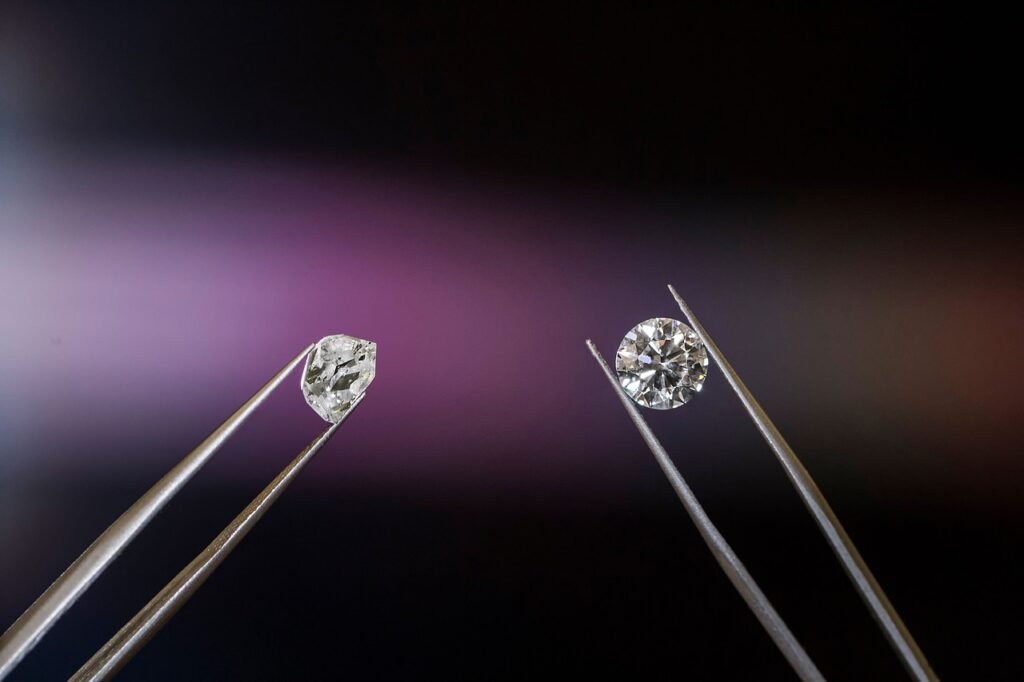
In some cases, yes. Precisely because you can control the environment in which it is being made. Another great thing about lab-created diamonds is that they have the same grading system as that of natural stones, also known as the Four Cs: These are carat, cut, clarity, and color.
Just like natural diamonds, lab-grown diamonds have their flaws. They have imperfections and inclusions that can also be found in real diamonds like the one in this Ritani review. Their only obvious difference is in the way they were made. Thus, there has been a growing debate about the worldwide acceptance of lab-grown diamonds.
100% Conflict-Free
You have probably heard about the term “blood diamond” at one point or another. Needless to say, not all natural diamonds are blood diamonds. But the mere fact that this term came into being is so heartbreaking.
Thanks to Global Witness and Human Rights Watch, human rights are better protected, but environmental hazards go on.
This is the reason why people around the world felt enormous relief upon the release of lab-grown diamonds. Consumers can be certain there has been no conflict in the production of their gemstone.
Environment Friendly
Diamond mines wreak havoc on the environment. Not only is there deforestation, but there is also the problem of respiratory illnesses among its workers. Water pollution is abundant in areas where water is already a very limited resource.
Where people used to catch fish for food and consumption, this is no longer possible with the current condition of the river. This is due to the sand coming from open-cast mining. The fish and cows are dying. It’s a disaster and no one is being held accountable for these environmental crimes.
Of course, some mines are better than others depending on your location. But the mere fact that this aspect can be removed is a great advantage for everyone involved.
So Why Are Natural Diamonds So Expensive?
Diamonds are not precious. This is according to Amish Shah, President of ALTR Created Diamonds and lab-grown diamond market pioneer. Shah’s family has been in the diamond business for decades. He is a third-generation diamantaire.
Diamonds being rare is a well-crafted myth. This myth was created by De Beers. The company that controlled the production of diamonds across the globe. They made diamond’s value increase significantly by making the supply artificially scarce.
Are Lab Grown Diamonds Clearer?

Again, this will depend on the conditions when it was made. To get a clearer picture, let us compare three of the most popular gemstones these days: natural diamonds, lab-grown diamonds, and moissanite. How are they the same? What are their differences? Which among the three is the right one for you? Let’s get right into it.
Hardness
Again natural and lab-grown diamonds are made up of almost one 100% carbon. So on the Mohs scale of mineral hardness of gemstones, they are going to score 10 out of 10, making them the hardest among the gemstones.
Moissanite, on the other hand, is made up of silicone. It is the second hardest next to diamonds. It is a 9.25/10-9.50/10.
Fire and Brilliance
This pertains to the spark, the sparkling factor that shines out of the stone and right into your eyes. It’s one of the main reasons why people are so fascinated with jewelry and gemstones.
In this area, moissanite has a high refractive index compared to natural and lab diamonds. Thus, moissanite’s fire and brilliance are better compared to diamonds.
Color
You compare clear and white stones to warm stones based on the GIA diamond scale. These are from D to Z, with D being the whitest of the gemstones, and Z, being the warmest in the color range.
All three of these gemstones can range between all of that color range, thus they are all the same. In other words, a natural diamond, a lab-grown diamond, and moissanite are equal when it comes to color. So if you like very white gemstones and the D side of things, you have the option to choose that for moissanite. The same goes for natural and lab-grown diamonds.
Shape and Size
Choosing gemstones need not be limited to the type. There are other factors to consider such as the shape and size. And so you have the option to purchase a marquise shape, a round shape, a radiance, an emerald, or an oval cushion.
You have multiple shapes and various gemstones for moissanite, natural, or lab-grown diamond. So many different cuts and shapes to choose from. It depends on your preference or the person who will be wearing them.
Price
This is the most important consideration for people to make before proceeding with a purchase. Which of these are the most expensive and which can give you the best bang for your buck?
If you are going to compare natural vs. lab-grown vs. moissanite, the most budget-friendly is moissanite. Second, in line is the lab-grown diamond, and the natural diamond will be your most expensive option, to date.
Again, the main reason why the moissanite and lab-grown diamonds are lower in cost is that they are man-made. And anything man-made can be mass-produced.
Are Lab Grown Diamonds Lower Quality?
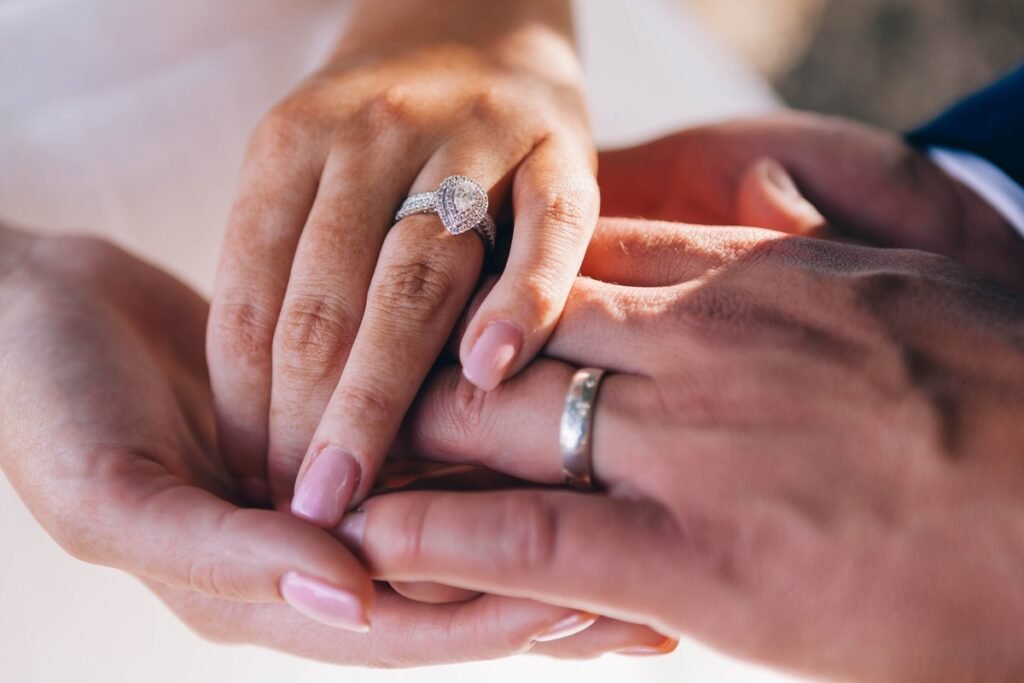
One of the biggest arguments there is about lab-grown diamonds vs natural diamonds is the former can be the worst investment you will ever make. Why? Because they are said to be a waste of money having zero resale value compared to natural diamonds. Is this true? Let’s find out.
On Natural Diamonds
There are two options for getting your money back. First, you can sell your diamond online. Granted you bought it from a reputable retailer, you can get about 60% of its original price back. But if you are selling it to a pawnshop, you may get a lower return, around 40%.
The other option comes by checking if the retailer where you got your diamond has an upgrade program. You can get up to a hundred percent credit from the original purchase that you made. Of course, this will depend on your retailer’s policy. Also, you will need to make an additional payment for the upgrade.
Bear in mind that diamonds having the same attributes also have the same resale value. So in case you overpaid for your diamond, you will lose even more when reselling it.
For instance, if you buy a one-carat Ideal Cut/E Color/VS1 Clarity with no fluorescence from Blue Knife, you will need to shell out $8,489 for the same attributes on James Allen. Only there, you only need to pay $7,910.
Let’s assume the resale value is 60% of the original price, you can get $4,746 back. But because you got the diamond for a better price you were able to save $579, to begin with. And when you decide to resell it you’re just going to lose $3,164 instead of $3,743.
On Lab-Grown Diamonds
Let’s assume that these lab-grown diamonds have no resale value. How much do you need to pay for one carat E Color/VS1 Clarity/Excellent Cut?
Reselling a natural diamond with the same attributes will give you a loss of $3,743 if you bought it at Blue Nile. Meanwhile, it’s just $3,164 if you bought it at James Allen.
You can save $6,459 when buying a lab-grown diamond priced at only $2,030 that has the same attributes as the natural diamond. Furthermore, you can no longer lose over the $2,030 that you paid.
Can you see the difference? Even if lab-grown diamonds have zero resale value, you will lose a lot less reselling them compared to reselling a natural diamond with the same attributes. Therefore, the assumption that a lab-grown diamond holds no resale value is simply not true.
Picking the Right Diamond Color
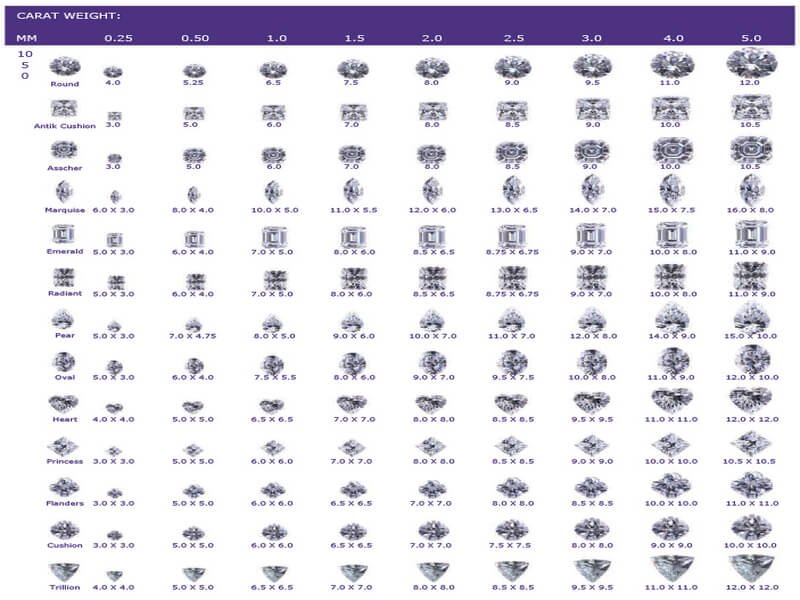
For picking the right color for your lab-grown diamond purchases, here are some helpful tips to keep in mind:
Aim For F Grade Minimum
Aim for an F grade minimum. As mentioned previously, lab diamonds can be so affordable that the difference between G nearly colorless and F colorless could even just be $50. So if you were made to choose between a 1.03 carat G VS1 for $1,950 or a 1.02 carat F VS1 for $2,000, wouldn’t you choose the latter?
Do Not Compromise For the Sake of Color
Unless you are strapped for cash and unable to get the carat mark you like, do not compromise over color. Limit yourself to H nearly colorless. Despite the strong tint some show, there are great deals to find as long as you’re patient enough to do your homework.
Know An Expert? Get One!
It’s not enough that you get the IGI certificate validated. Do you know an expert? Then get one. He or she will be able to make a keen inspection of the diamonds before you decide on your purchase. An expert knows if you’re not getting value for your money.
Use Natural Lighting Conditions Upon Inspection
Make sure to inspect your diamond under natural light. Jewelry stores normally use strong lights so their diamonds will appear much brighter, or their tint can be hidden. Remember this because your diamond in the shop will look different when you get home.
Pick the Best Ring Setting to Suit Your Diamond
Bear in mind that the color of the metal directly affects how your diamond color is perceived as evidenced in this Jared review. Your diamond should be the focal point, the center of attraction. So it needs to be relatively white compared to the tint of your setting.
Lab Grown Diamond Color and Clarity
When inspecting a diamond without any tool to magnify it and the diamond looks like a clean diamond, we call it an eye clean diamond.
An eye clean diamond with lower clarity looks similar to a flawless diamond to the naked eye. Granting that the cut, color, and clarity are equal. If it is small enough you will not be able to notice the difference with your naked eyes.
Therefore, getting a lower clarity eye clean diamond can give you big savings, which you can use to invest in a better colored, larger diamond. Here are some smart rules to go by:
Go For Minimum Clarity
This is good if you want to get the best bang for your buck. Look for SI2 diamonds if it’s under 2 carat and VS2 for bigger diamonds. If you’re into lab-grown diamonds the minimum you should look for is VS2 diamonds. Again, lab-grown diamonds are so affordable there’s no reason to be skimping for clarity.
Check the Flaws Location
If you decide to pick SI2 to VS1 diamonds make sure the diamond’s flaws are located on the facets of the diamond, never on the table. It will make it much easier for your jeweler to hide the flaws underneath your prong settings.
Just remember that it’s a lot easier to see flaws on larger diamonds. So even if you pick a good grade like a VS2, you still need to make sure it is an eye clean diamond.
Use HD Video for Inspection
A high-quality video is a must when inspecting a diamond. As well as the GIA, IGI, or AGS certificate of the specific diamond you wish to buy. Checking the certificate not only shows you clarity but provides you with a section with a detailed description of the diamond’s flaws. Know the inclusions and blemishes found inside your diamond.
Red Flags
The moment you see any of these flaws, move on and choose another diamond:
- Bearded Girdle – tiny feathers extending from the girdle surface and into the stone.
- Bruise – tiny area of impact with root-link feathers that are super small.
- Cavity – shallow opening after damage has been done to the stone’s surface.
- Indented Natural – a portion of the diamond’s surface dipping below the polished diamond surface.
Get the Best Value for Your Money with the Clarity of Your Lab-Grown Diamond
Picking the best diamond your money can buy is now easier and a lot more convenient. Making a diamond purchase online provides you with the critical option to see the diamond while being magnified in a 360 HD video.
You don’t have to be a diamond expert and you don’t have to know where to look because you can easily see the flaws. Stores with the best video technology will allow you to inspect their diamonds to you utmost satisfaction. In this way, you can feel safe knowing that what you see is indeed what you will get.
Now that you know more about lab-grown diamond clarity, you might want to learn about diamond color, learn more about it in our post “How to Evaluate Lab-Grown Diamond Color: What You Need To Know.”
